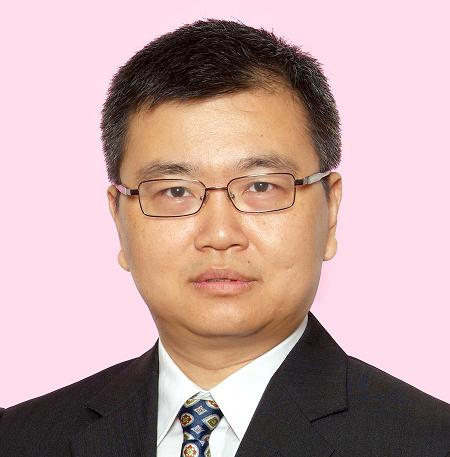
Professor ZHANG Tong 張彤 (HKU)
Abstract
This study applied metagenomic approach based on Illumina high throughput sequencing to explore the microbial community and functions in anaerobic digestion sludge (ADS) from two sewage treatment plants, and search for the carbohydrate-active genes which are important for sludge digestion. Totally 1 Gb of metagenomic data was generated for each samples. Taxonomic analysis by SILVA SSU database indicated that Proteobacteria and Firmicutes were the most abundant phyla in the ADS. Functional analysis by SEED subsystems showed that the basic metabolic functions of metagenomes for the two ADS had no significant difference. The major Level 1 subsystems were clustering-based subsystems, carbohydrates, protein metabolism, and amino acids and derivatives. Furthermore, assembly and gene prediction were carried out to search the genes of glycoside hydrolases (GHs) family and carbohydrate binding module (CBM) according to their classification in CAZy database. GH13 and GH3 of glycoside hydrolase families and CBM50 of carbohydrate-binding modules were highly abundant in ADS. To the best of our knowledge, the present study is the first effort to investigate the structure and function of anaerobic digestion sludge using metagenomic analysis and would improve our knowledge on anaerobic digestion process.
About the Speaker
Prof Zhang received his Ph.D. degree from the University of Hong Kong. He presently is an Associate Professor in the Environmental Biotechnology Laboratory, Department of Civil Engineering, The University of Hong Kong. Prof Zhang's research interests include metagenomics of wastewater biological treatment systems (activated sludge, biofilm and hybrid reactors), biodegradation of emerging pollutants, conversion of waste (sludge, cellulose, etc.) to bioenergy (hydrogen and methane), biological nutrient (N/P) removal, biofilm and microbial quality of drinking water, resistance gene/bacteria of antibiotic and heavy metals, environmental toxicology of nanoparticles, etc. He has authored or co-authored over 100 journal papers and 50 conference papers, with an H index of 21.